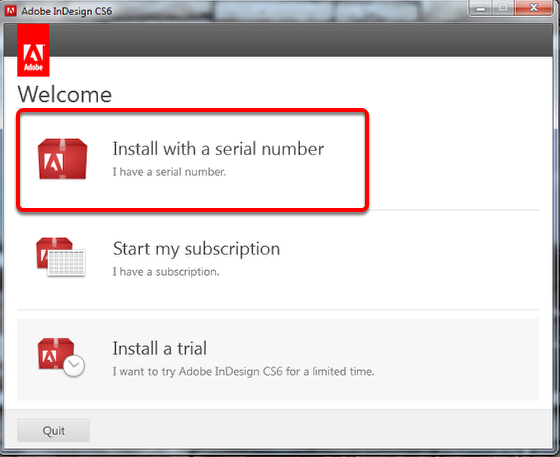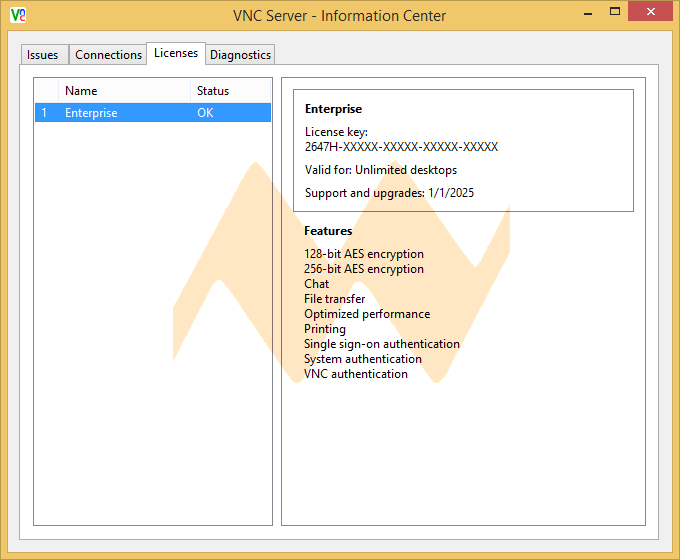
Locate the thermometer out of direct sunlight so it can be read without removing the cover.Ĭool season plants grow best at 55° to 65☏ while warm season plants grow well at 65° to 75☏. Locating the structure near water and electricity is helpful.įigure 2: Night insulation for cold frames and hotbeds.Īn easily read maximum/minimum temperature thermometer is essential for a hotbed or cold frame. Use soil to bank the outside of the frame structure to increase heat holding capacity. The back of the structure should face north and be built into a hillside, against a building, or banked to give protection. If the site does not have good soil, remove and replace it with sandy loam to a depth of 30 inches to provide good drainage. Locate hotbeds and cold frames on a well- drained sunny southern exposure. The cover must be secured against wind gusts. The structure should have a top lid that can be propped open at different heights to allow for ventilation, watering and easy planting. Make sure all joints are tight against the weather. Plastic windowpane, polycarbonate panels or ridged fiberglass panels will last for several years and hold up against wind. Heavy plastic film is an inexpensive covering but may last only one season. If there are none available, there are many substitutes for glass. Old storm windows make an excellent cover for the structure. Copper naphthenate is non-toxic to plants when dry.

Do not use creosote or pentachlorophenol preservatives because they release vapors that can be toxic to plants. Pine, fir and spruce need to be treated to increase rot resistance.

The heartwoods from cedar and redwood provide excellent rot resistance as does pressure-treated lumber. When selecting wood, consider its rot resistance qualities. Most home gardeners use the materials they have available. Some manufactured cold frames use aluminum, plastic, and fiberglass. Wood is the primary structural component in most cold frames.

When selecting materials to construct a cold frame, keep in mind that the inside of the structure will be warm and humid. Structure and Designįigure 1 illustrates a typical cold frame design. Hardy plants such as cabbage need only simple, inexpensive facilities, but heat-loving plants such as peppers and eggplants should have more elaborate facilities for successful production in some of the colder areas of Montana. When choosing between a cold frame or hotbed, consider the plants to be grown. Consider the temperature and other climatic conditions of the location. Rays hotbeds use the sun’s rays and other sources of heat to maintain adequate temperatures.

COLD FRAMES ARE HEATED ENTIRELY BY THE SUN’S


 0 kommentar(er)
0 kommentar(er)
